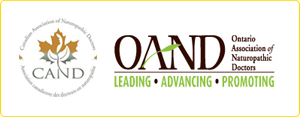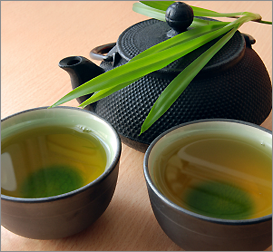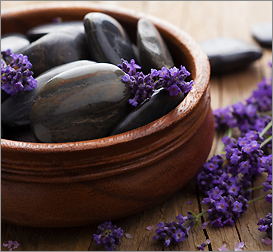An Introduction to Homeopathy
 Although it was first described by Hippocrates 2,500 years ago, homeopathy is a system of medicine developed in the eighteenth century by the German physician Samuel Hahnemann. It is one of the main modalities of Naturopathic Medicine. The word “homeopathy” comes from the Greek and means “similar suffering”. This refers to the central philosophy that a substance that can produce symptoms in a healthy person, can cure those symptoms in a sick person. For example a person suffering from hayfever might be given a remedy prepared from an onion, because a healthy person chopping an onion usually experiences watering eyes and irritation. However, the substances are given in minute doses to avoid unwanted side-effects, making them safe to use even in situations where conventional drugs would be dangerous or inadvisable (i.e. during pregnancy or when treating infants).
Although it was first described by Hippocrates 2,500 years ago, homeopathy is a system of medicine developed in the eighteenth century by the German physician Samuel Hahnemann. It is one of the main modalities of Naturopathic Medicine. The word “homeopathy” comes from the Greek and means “similar suffering”. This refers to the central philosophy that a substance that can produce symptoms in a healthy person, can cure those symptoms in a sick person. For example a person suffering from hayfever might be given a remedy prepared from an onion, because a healthy person chopping an onion usually experiences watering eyes and irritation. However, the substances are given in minute doses to avoid unwanted side-effects, making them safe to use even in situations where conventional drugs would be dangerous or inadvisable (i.e. during pregnancy or when treating infants).
Homeopathic medicines can be made from plant, animal or mineral products which are diluted to a very minute, non-toxic level and then succussed. Succussion is a special process of agitating the remedy to increase its therapeutic value. These remedies are then used to influence the body’s innate power of healing.
The effects of homeopathic remedies are studied through ‘provings’ on healthy individuals. A chosen substance is given to healthy volunteers in homeopathic doses over a period of time. The resulting symptoms are recorded and compiled for that substance. This same substance is then used to cure people who show a symptom picture similar to the symptom picture produced in the proving.
A KEY law to Successful Homeopathy:
The Law of Similars – means matching the symptom picture of an illness or injury to the symptom picture of the homeopathic remedy.
The main difference between homeopathy and conventional medicine is that homeopathy works with the body whereas conventional medicine works opposite the body’s efforts to heal. Consider a patient with a cough. The way of opposites (conventional) is to use anti-cough drugs that suppress the cough. The way of similars (homeopathy) is to give a medicine that may initially aggravate the symptoms but will then help the body recover from the cough and associated symptoms.
In homeopathy the patient’s uniqueness is very important. Using the cough example, conventional medicine treats all coughs alike. In homeopathy, how you express the cough and the symptoms associated with the cough are all important in determining the correct homeopathic remedy. Therefore each case of cough in homeopathy is unique and may require a different remedy to cure the patient.
Taking the Medicines
Homeopathic medicines are delicate and need careful handling. Touch them as little as possible. The pill should be tipped into the bottle cap or onto a clean palm and transferred to the mouth allowing it to dissolve under the tongue. If possible give the dose half an hour before or after eating or drinking, cleaning your teeth or smoking. Obviously this does not apply in an emergency where it should be given as soon as possible. You can crush and dissolve remedies in water and sip them, but do not swallow the pill down with water, tea, or coffee.
Antidoting
Certain substances are known to antidote homeopathic remedies in some people. It is therefore advisable to avoid these substances if possible: Coffee (including decaffeinated), mint (notably in toothpaste), camphor, menthol, eucalyptus (found in vapour rubs and cold remedies).
Storage of Remedies
Homeopathic remedies last indefinitely, if stored correctly. Keep in a cool, dark place away from strong odours (i.e. camphor, menthol, moth balls, soaps, essential oils, perfumes).
Take your homeopathic medicine only as prescribed by your clinician. As with all medicines, keep out of reach of children.
To Book and Appointment, click here.
Are you ready to transform your health?
Download this free ebook and watch my introductory video. Then contact me for your initial appointment or a free consult to discuss your healthcare needs.















